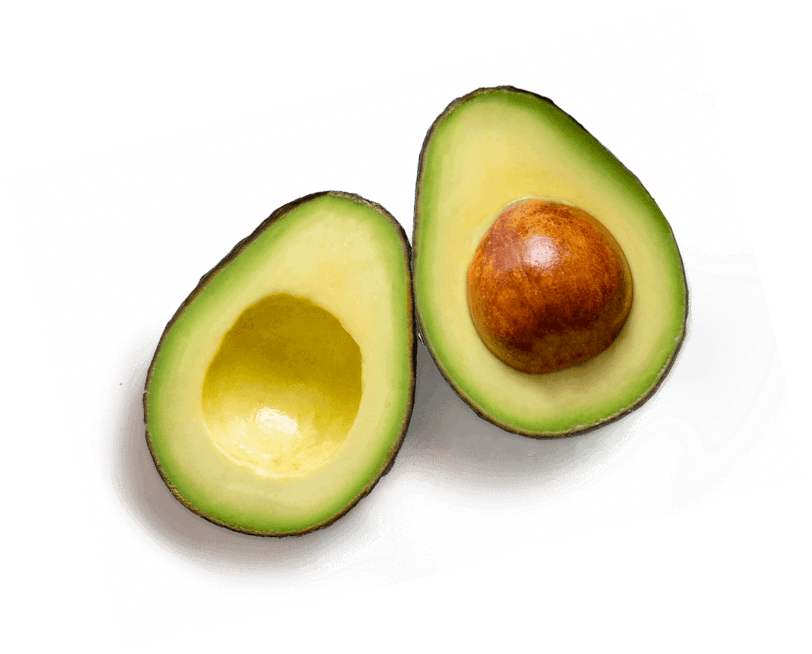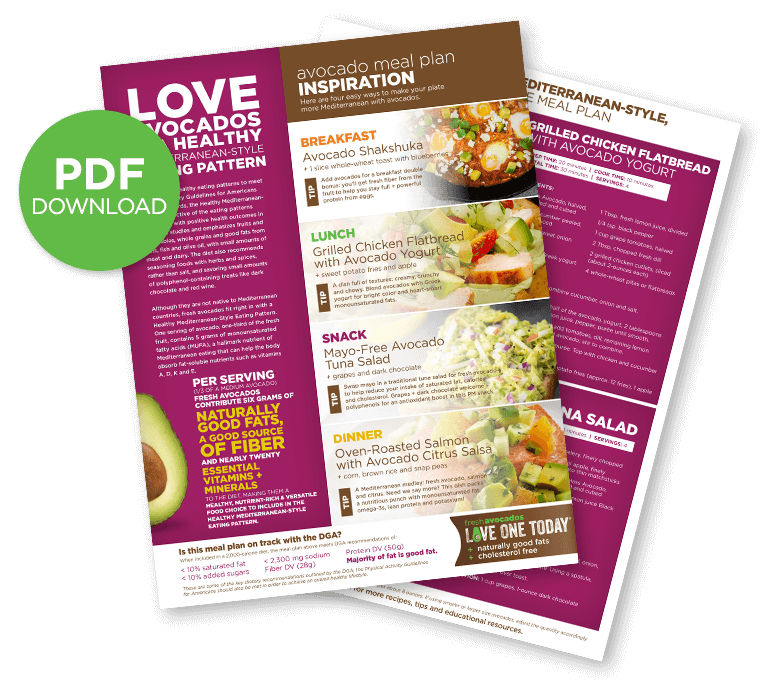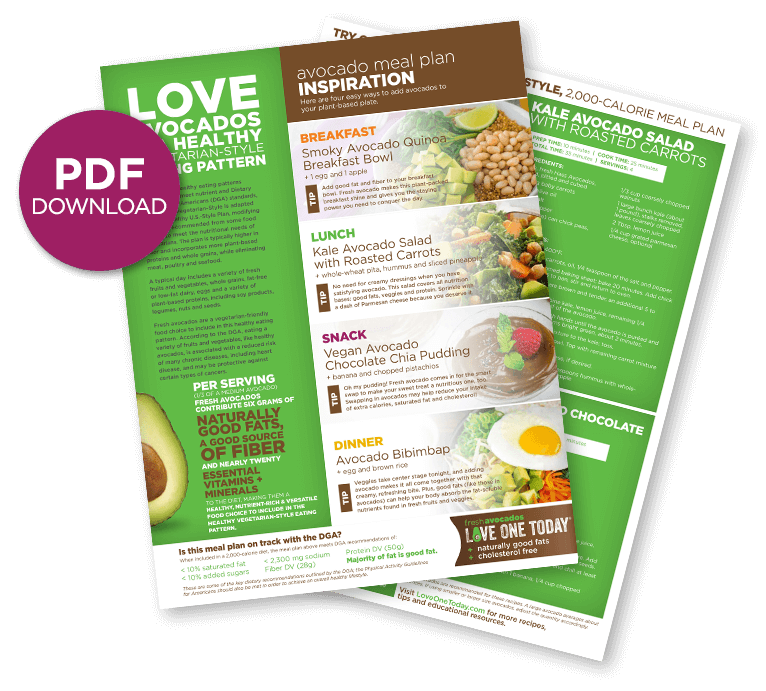Did you know adopting a more healthful eating pattern is a recommendation highlighted in the Dietary Guidelines for Americans (DGA)?
The DGA is a compilation of science-based nutrition guidance for Americans ages 2 and older to promote healthy lifestyles and dietary habits. You may not be familiar with the DGA, but it’s likely you’ve seen them come to life through MyPlate.
MyPlate encourages you to create your own healthy style of eating, and offers ways to meet your individual nutrition needs and improve your health. Many factors like food preferences, culture, and traditions may shape our journey to healthful eating. Read on for three healthy meal pattern examples and how avocados easily fit within them.
Mediterranean-Style
The Mediterranean-style eating pattern is based on foods traditionally consumed by people living in countries bordering the Mediterranean Sea. There are many positive health outcomes associated with consuming a Mediterranean-Style diet. Eating primarily plant-based foods and replacing saturated fats with monounsaturated fats, like those found in avocados, are key principles of this meal pattern.
Say Yes to Good Fats. Try this Oven-Roasted Salmon With Avocado Citrus Salsa Today!
U.S.-Style
The U.S.-style eating pattern is based on a typical American diet and focuses on choosing nutrient-dense foods while keeping calories in check. This meal pattern style emphasizes reducing saturated fats, added sugars, sodium and refined grains. Over 75% of the fat in healthy avocados is unsaturated, making them a unique fruit that can be substituted for foods higher in saturated fat. They are also a good source of fiber (per one-third serving), which can help provide a feeling of fullness with fewer calories.
Add These Grilled Chicken Breasts with Fresh Avocado Chimichurri Sauce to Your Grilling Bucket List!
Vegetarian
Vegetarian eating patterns typically incorporate a variety of fresh fruits and vegetables, whole grains, fat-free or low-fat dairy, eggs and plant-based proteins, such as soy products, beans, nuts and seeds. Fresh avocados are a natural fit within this eating pattern, and are a nutrient-dense choice that provide nearly 20 vitamins and minerals.
Looking For a Next-Level Breakfast Idea? Make These Fiesta Chile and Avocado Frittatas.
Why Avocados?
It’s easy to see that avocados can be incorporated into a variety of healthy eating plans, but we’re also finding through ongoing research efforts that including avocado in the diet may contribute several benefits for your health, too. Recent research using a nationally representative sample of adults (n=29,684) participating in the 2001–2012 National Health and Nutrition Examination Survey (NHANES) suggests adult avocado consumption may be associated with better diet quality and positive health outcomes.*
Key takeaways and findings from this study include:








